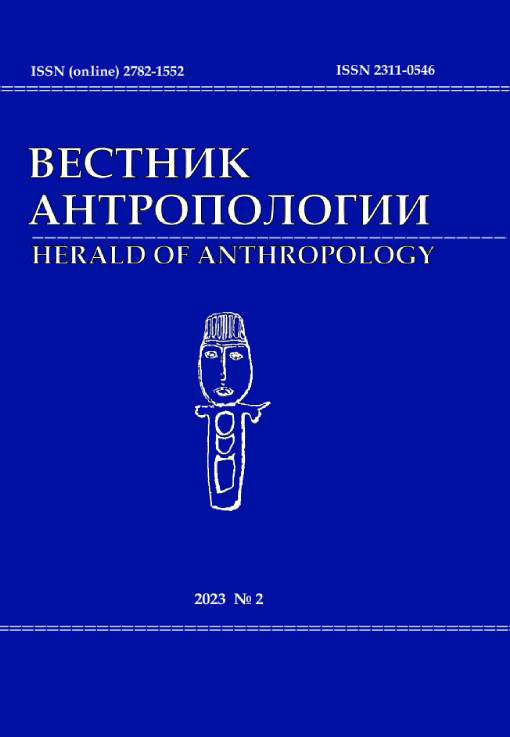Элементы исламской догматики в этнической религии осетин по данным нарративных источников второй половины XIX века
DOI: 10.33876/2311-0546/2023-2/157-168
Ключевые слова:
этническая религия осетин, ислам, арабо-исламское влияние, нарративные источники, Коран, СуннаАннотация
Статья посвящена изучению исламских отголосков в этнической религии осетин. Данная проблема была и остается одной из наиболее слабоисследованных в современном осетиноведении, что, в свою очередь, обусловливает ее высокую научную актуальность. При этом, в отличие от научной, социальную актуальность изучения вопроса мусульманского влияния на осетинский язык, культуру и религию сегодня вряд ли можно считать в должной мере привлекающей к себе внимание. Весь постсоветский период осетины находятся в процессе поиска религиозной самоидентификации. Процесс этот является конфликтным, на него влияет множество факторов, в том числе и политических. Основной идейный конфликт разворачивается между православным христианством и этнической религией. С точки зрения ее адептов, этническая религия является исконной для осетин, поскольку, по их убеждению, она базируется на древней монотеистической традиции, восходящей к индоиранской общности и чуждой любым внешним влияниям. В то же время прохристиански настроенная часть общества, поддерживаемая РПЦ, позиционирует традиционную религию как осетинское народное православие. В этом противостоянии исламская составляющая осетинской этнической религии (в числе прочих, например, иудейской или зороастрийской) по сути оказалась выброшенной из социально-политической и идейно-религиозной повестки, а, следовательно, и из научной, в то время, как исламские элементы обнаруживаются в различных сферах народной культуры: в быту, языковой и обрядовой практике, в письменности и устном народном фольклоре. Настоящее исследование, таким образом, осуществляется в рамках решения обозначенной проблемы. Оно по сути является синхроническим и осуществляется в рамках структурализма К. Леви-Стросса, согласно которому все культурные системы (язык, мифология, религия, искусство, обычаи, традиции) могут изучаться как знаковые системы.






















